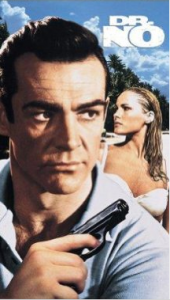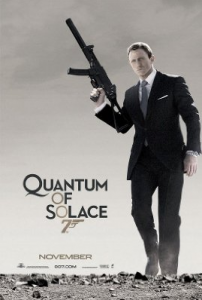Continuing today’s discussion – who’s the protagonist(s?) of The Prestige?? Is one character more sympathetic than the others? I took some notes during the screening and mapped out the scenic structure of the film, which may reveal a few details to help answer this question. For example, if we example the facts of the two magician’s feud more closely, Borden appears as a clear protagonist and Angier an antagonist.
It should be noted that all the really dangerous sabotage is done by Angier, not Borden (Batman can do no wrong). The drowning of Angier’s wife serves as the inciting incident that sparks the feud between the two. This was an accident, Borden did not mean to kill Angier’s wife. By my count, four rounds of sabotage ensue. Angier strikes first, attempting to shoot (and presumably kill) Borden. Borden then retaliates by sabotaging the Angier’s new birdcage trick. This would ruins his show, but again, he never seeks to physically harm Angier. In the third round of sabotage, Borden “turns” Angier’s body double, and breaks his leg. The stakes are raised, sure, but nothing fatal. Angier however, buries Fallon alive. Finally, in the last rwound of sabotage, Borden tricks Angier into travelling to Colorado Springs for two years. But when Angier returns, he finally manages to kill (sort of) Borden.
Thus, when we look closely at the feud, Borden seems (to me at least) to be the more “innocent” participant, and so I would argue he is the more sympathetic character. Also, as one of the twins survives the film, I would argue that the film ultimately settles on him as the protagonist.
Obviously this is up for debate – what do you guys think?


